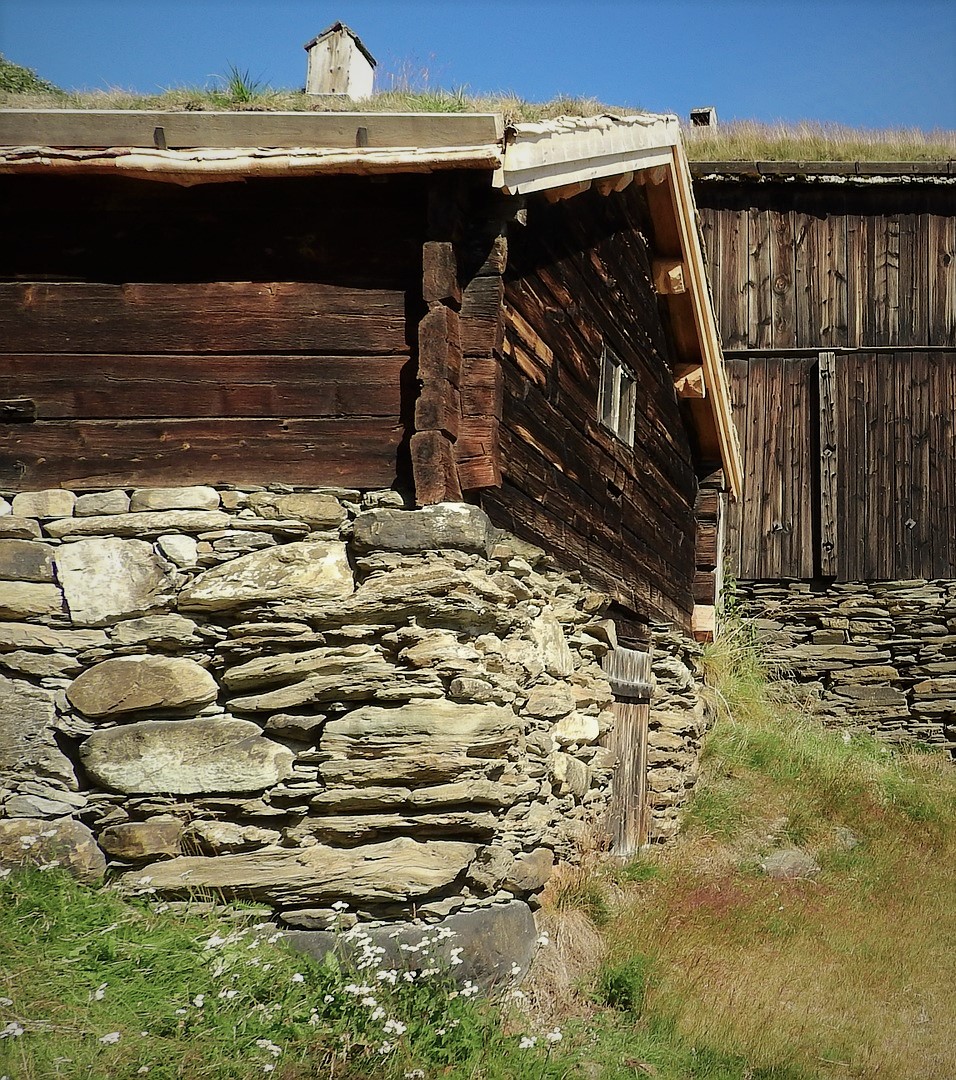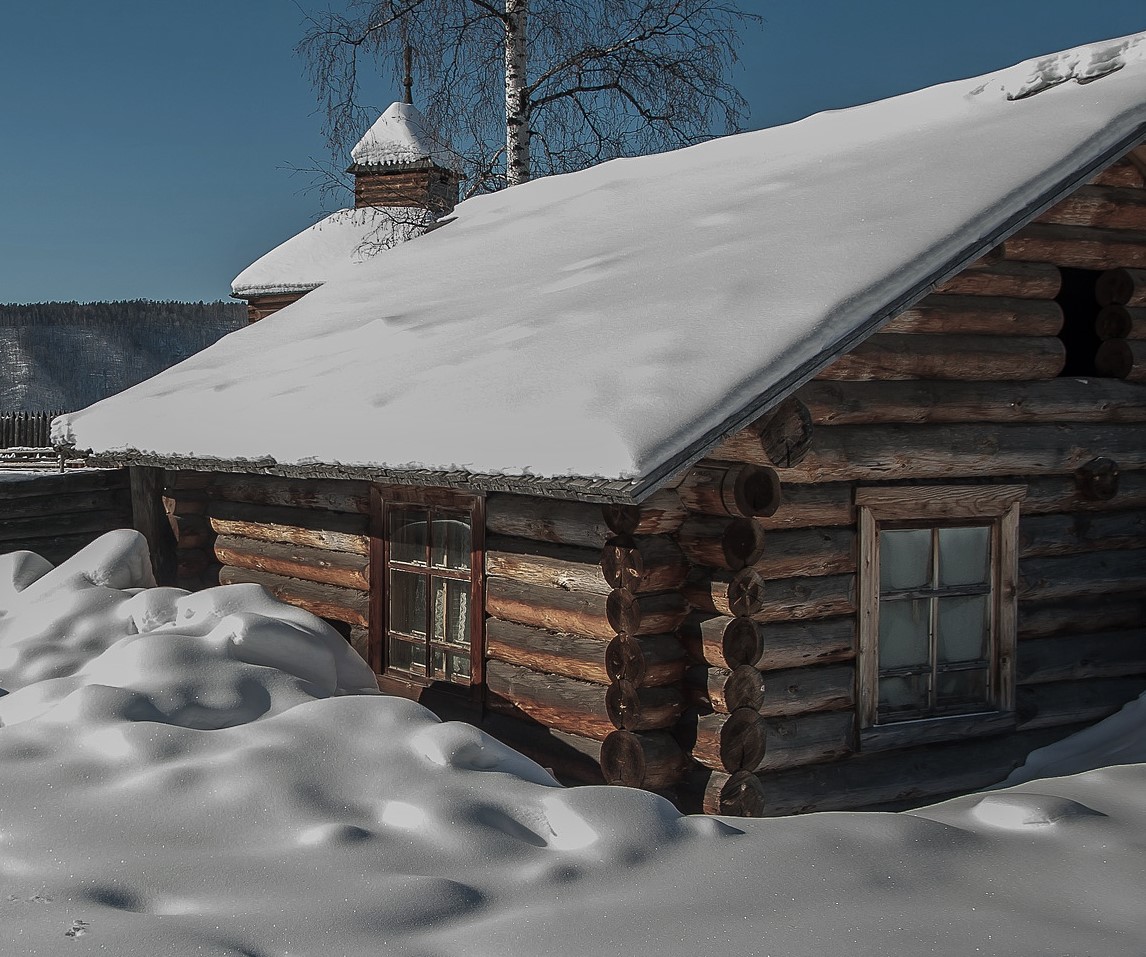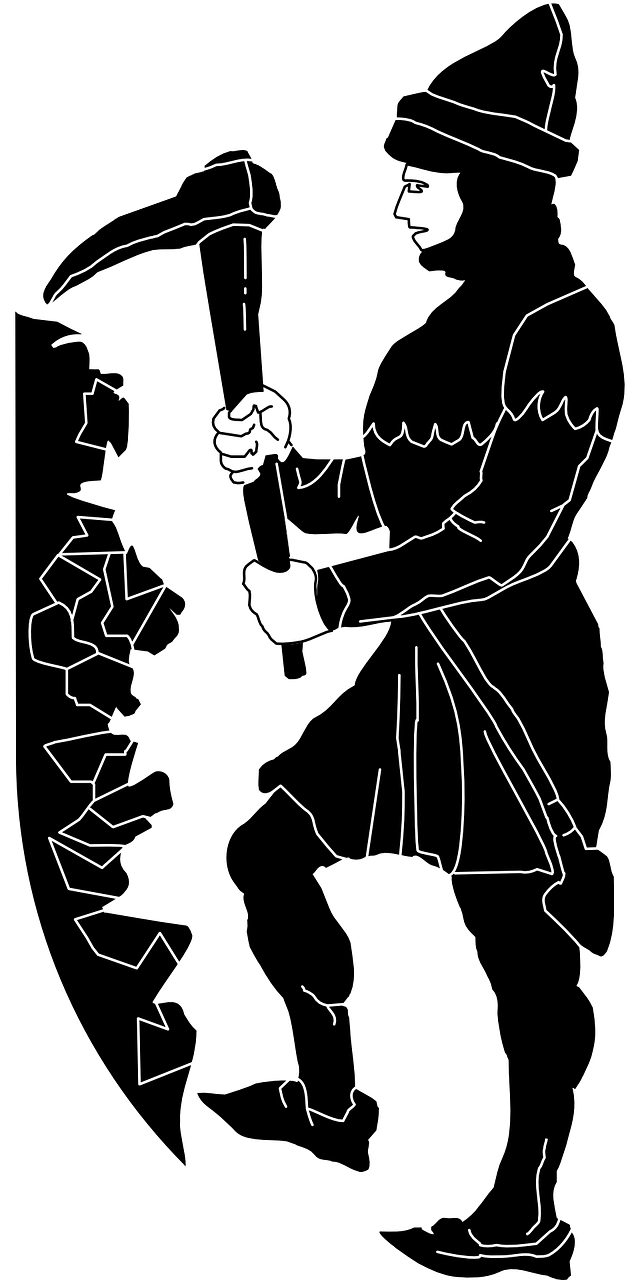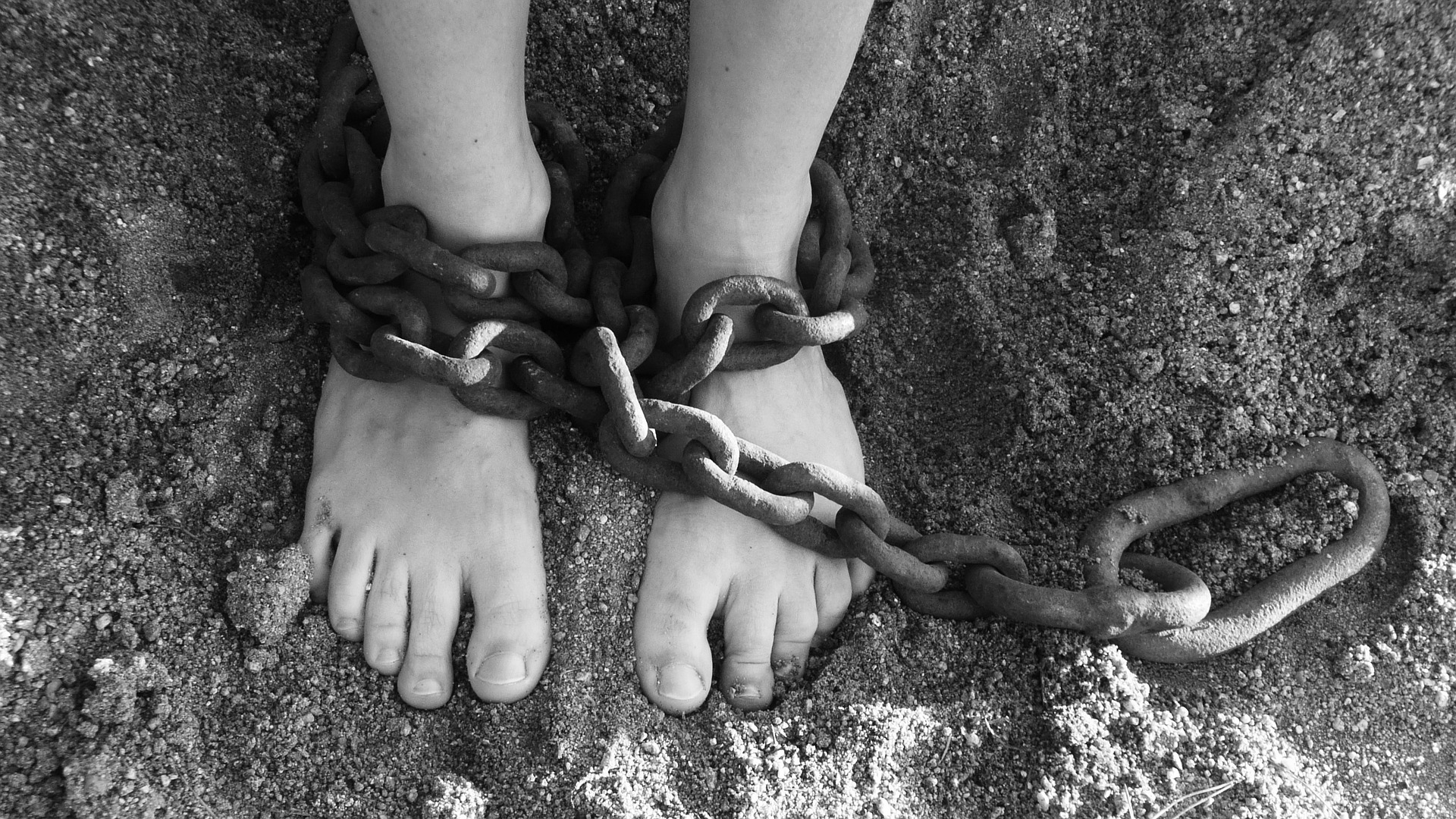Niskala
Niskala is the shittiest city on Shireon, a cesspit of crime, poverty, alcohol, and corruption. But, you know, it's home.
Niskala is the capital city of the nation of Inmalenor - and the northernmost capital city on Shireon. Like most places in Inmalenor, the summers are cool and the winters are deadly, and every winter claims its victims from the city streets.
The Beginning
The history of Niskala is relatively short. Compared to all the other capital cities on Shireon, Niskala is the youngest as well as the smallest, with its less than four hundred years long history and relatively small population. Founded in AE 1734 as the first human explorers entered the vast lands of the Inmali Elves from the south, Niskala started as a small mining colony. The hills nearby had seemingly endless deposits of ores, rich with copper. The area was perfect for mining due to the presence of wood, so even though the Winter Wall had richer deposits of metals and other precious minerals and gems the elevation of the mountains would mean that the wood would have to be transported there from other places. In Niskala, this wasn't necessary.
While digging up the copper it became clear that the reddish metal wasn't the only treasure hidden in these hills. Small deposits of silver and even gold were scattered in the same hills. The makeshift homes of the miners were slowly made more permanent, and the colony grew into a proper town. Most of the riches were transported south to the nations there, back to the lands in the south, never to be seen again north of the Wall. Despite this, more settlers moved north to Niskala, in hopes of a share of the riches that were recovered from the ground.
A Harsh Start
Despite the riches of the nearby hills, the new colonizers had their fair share of problems. The largest one was the extreme weather conditions of winter, which killed several from the first wave of miners. There was simply no way people from south of the Wall could ever expect just how freezing cold the winters were in Inmalenor. Then, as words of the found bounties from this area reached more people the ore and metal transports were raided with increasing frequency. A large part of the initial treasure was lost to robbers in this way until enough guards were recruited to protect the precious cargo.
Then, there were the locals. The lands of Inmalenor had been the ancestral lands of the Inmali Elves since before recorded history. They didn't particularly like that the southern strangers were establishing settlements in their lands, fearing that the permanent towns would be in the way of the natural migration of the Beardoxen and the nomadic nature of the Elves. The language was another problem, as it took decades before anyone on either side even bothered trying to pick up the other side's language. Both sides held the opinion that their language was the one that should be used. There were some small conflicts occasionally, yet the Inmali had no real reason to muster up a large resistance just yet. Their tribal culture and vast areas of land they were scattered across made it hard to mobilize an army strong enough to do any actual damage.
The Colonization War
After a little more than a hundred years of prosperity and growth the colonizers were getting fed up by the constant conflict with the Inmali, as well as the flow of riches out of the north. They saw a possible future of a mining nation, teeming with trade and decadence. The idea of an independent nation grew, and in AE 1872 the colonizers decided to act on it. Their first line of action was to get rid of the locals, starting to chase away any Inmali Elf they encountered in the area.
This didn't exactly make the humans popular among the Inmali. In fact, this was seen as a definite threat against the Inmali way of life and sparked what is known as The Colonization Wars. The local tribes got together and started summoning the more remote tribes for help since they considered this new aggression a threat against the whole Inmali way of life.
This whole summons took quite some time, and the colonizers saw the apparent lack of Inmali aggression as a success. They started to plan the final steps of their independence, looking southwards instead of keeping an eye on the locals. They blocked off the Winter Pass, using the high ground and narrow pass to their advantage, and managed to keep the southern forces from thwarting their resistance. Soon the southern lands grew tired of wasting resources to regain control of their mining colony and let the colonizers have their small victory - for now.
What the colonizers didn't expect was that the Inmali tribes had now merged into a temporary tribe, often called the Inmalia Tribe, which vastly outnumbered the colonizers. The small mining town was definitely not expecting an attack from the north, and even if their forces hadn't been suffering losses from the conflicts in the south they would be no match against the now seemingly endless forces of Inmali drowning any attempt of resistance.
Despite being wary of the humans trying to claim back their precious mining town the Inmali forces decided to spare the little colony, but only if it stayed under Inmali rule. Now that the road up the Winter Wall gave access to the lands of the Inmali the Elves saw that they might need to change their ways. They proclaimed that the lands north of the Winter Wall and the Frozen Mountains were now Inmali lands, officially ruled from Niskala on paper yet making sure the scattered tribes got as much freedom as they needed to keep their ancient ways. The new nation was called Inmalenor.
The colonizers who now lived in Niskala were allowed to stay and keep mining. The town grew into a small city, now inhabited by both humans and Inmali who wanted to try out city life.
Decline
The city thrived in its own special way, soon becoming a trading hub for the Inmali. The southern nations reluctantly started trading with the city as well, still annoyed about their independence but letting the people in the north believe that they could keep Niskala. It all seemed to go well for the old colony.
Then the mines started falling apart. The occasional cave-ins happened infrequently at first but became more numerous the further they dug, and the miners were all becoming reluctant to keep mining. It was found that the rock type in these depths was especially brittle. All mining activity stopped.
The Inmali part of the city population did surprisingly well, seeing that they weren't all that into mining in the first place and could survive on their traditional ways of crafts and gathering food. The human population, however, were suffering. Their main source of income was gone, and they hadn't any knowledge of how to survive in these harsh lands without help. The Inmali weren't especially helpful to their parasites, demanding pay for their services. The city that had always had a larger human than Inmali population changed and only the hardiest of the non-Inmali population survived. Something had to be done.
A Possible Solution
As crime was rising due to these new conditions the city officials found a new yet not optimal solution to the problem. They started sending the worst criminals to the mines, not caring if they died - it was an excuse to get rid of them without filling up the prisons, after all. The plan worked decently, but with the dwindling numbers of available workers, the yield was small. Yet, the population made do with what they had.
The disregard of human lives put a stain on the city's morale as a whole, however, and brought several interesting problems with it. People became cynical and cold, much like the weather conditions, and corruption and crime became a normal part of city life. The organization of local criminals when the Frozen Feather Lodge was established in AE 1924 didn't exactly decrease the city's crime levels, but at least the number of criminals keep the mines running.
Today
This situation has been a constant shadow over the city through its history, and even today it is a looming presence over the city. All half-hearted attempts to change this have been futile. There are few jobs and only just enough food to keep the population alive. Still, youths from small mining towns in Inmalenor try their luck in the city when their towns have nothing to give them.
Yet, the city survives in its own strange way. Niskala is a tough city - just like her inhabitants.
Map of Niskala
Demographics
51% Inmali Elves
46% Humans
3% Other (Mainly Enari Elves)

Look & Feel
Most buildings in Niskala are made out of logs. There are some buildings that are made out of stone from the nearby mines, but houses built entirely out of stone are few. Stone is mostly used as the base of the buildings when used.
Things To Do
At first Niskala might seem like a boring city, only filled with misery and despair, but there are some bright lights in the darkness.
The most publically celebrated day in Niskala is the Midsummer Celebrations, where everyone gathers in the city park to share food and have a good time.
Are you more into action and getting your adrenaline pumped, watching huge creatures fight for the first place in a race? Then the Beardox Racing might be the spectator sport for you!

Resources
Feeding a city the size of Niskala in the middle of the Northern Taiga isn't easy. Luckily the city is far enough to the south that the ground thaws for just long enough to grow some hardy crops. Some of these can be stored through winter to varying degrees, making them an important part of the city's survival.
The river running by the city has some fish in it, but after the whole fish population was almost extinct due to overfishing it isn't really a viable source of food.
To survive the winter when crops aren't growing, the city relies on hunters bringing in meat from the area, mainly Beardox and reindeer meat from the area around the city.
The Street Rats of Niskala
An unfortunate effect of the corruption and poverty of Niskala is the number of people forced to live on the streets. Most of these people are children under the age of 16. Nobody wants to take in orphaned children as it means more mouths to feed, and the government turns a blind eye to the whole problem.
Most of these children fall victim to the icy cold winters of Niskala in the end, but some of them manage to claw themselves to a sort of bearable life, growing up to a bleak future of crime in most cases.
The Frozen Feather Lodge
The ones getting the most out of Niskala's corruption is definitely the members of the Frozen Feather Lodge, a criminal organization under the Ravenous Ravens. This Lodge, led by a charismatic Inmali called Roon, thrives in the city. The city guards are easily bribed to ignore small crimes, and some especially bribable individuals can even turn their backs on larger crimes if paid enough.








WOW! Now that was what i call a dark yet amazing read! The story felt like a novel to me almost, with the details about the history being an amazing read. I really loved the bleak atmosphere that you manage to conjure up with this article. I would have to say that if your goal was portraying a bleak and horrible shithole of a town to live in, You have done it perfectly. Now i know that the wordcount limit is restricting but you could go into more details about what the people do for a living. What form of recreation do they have if any? Are there any attempts by the authority to subdue the criminals and improve the living quality even a single bit? Overall my comment was pretty lacklustre but hope it helped! Congratulations and keep up the amazing work!
Thank you kindly for your comment! <3 I've changed it a bit and added a little more info - didn't have room for all your suggestions but hopefully, some of it gets answered now :3